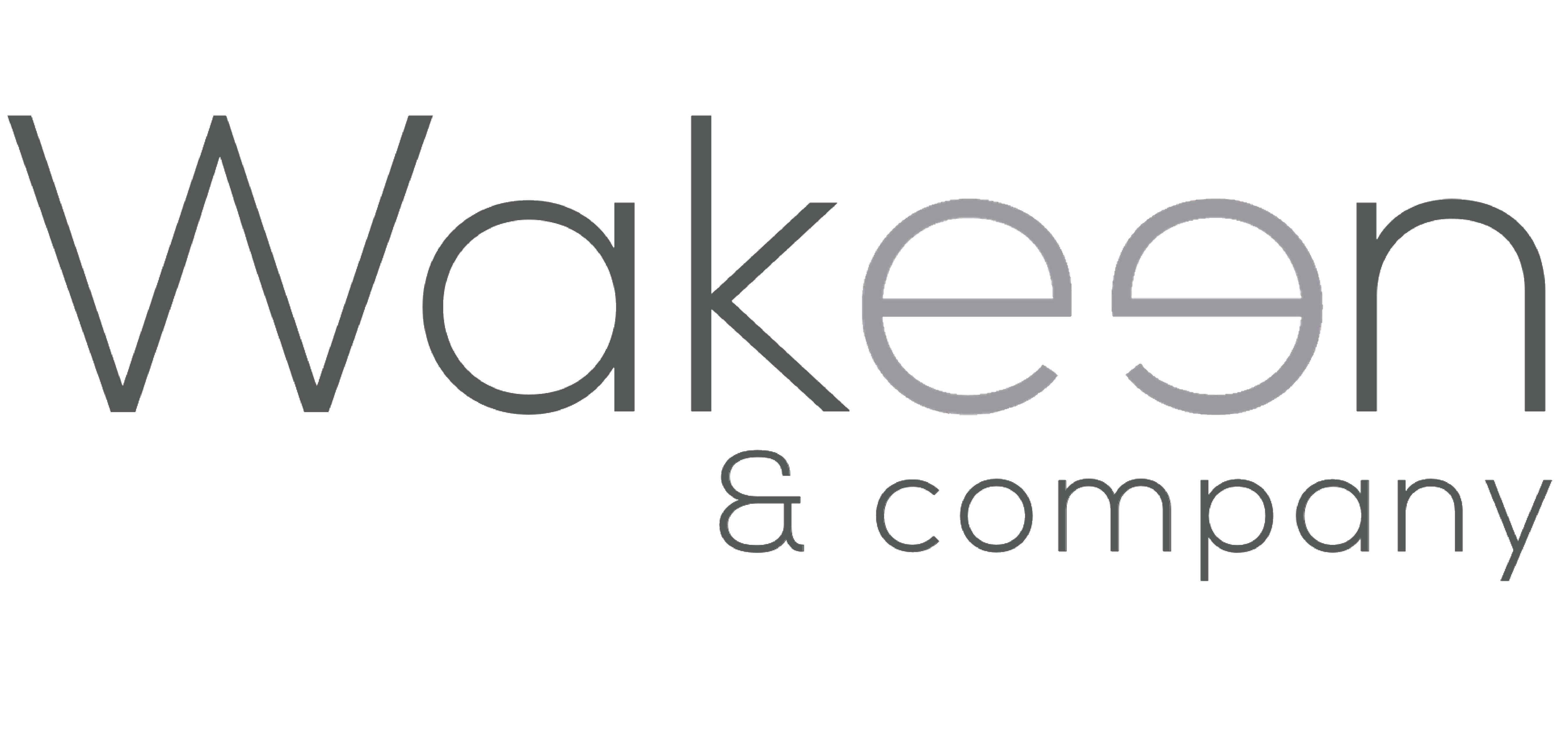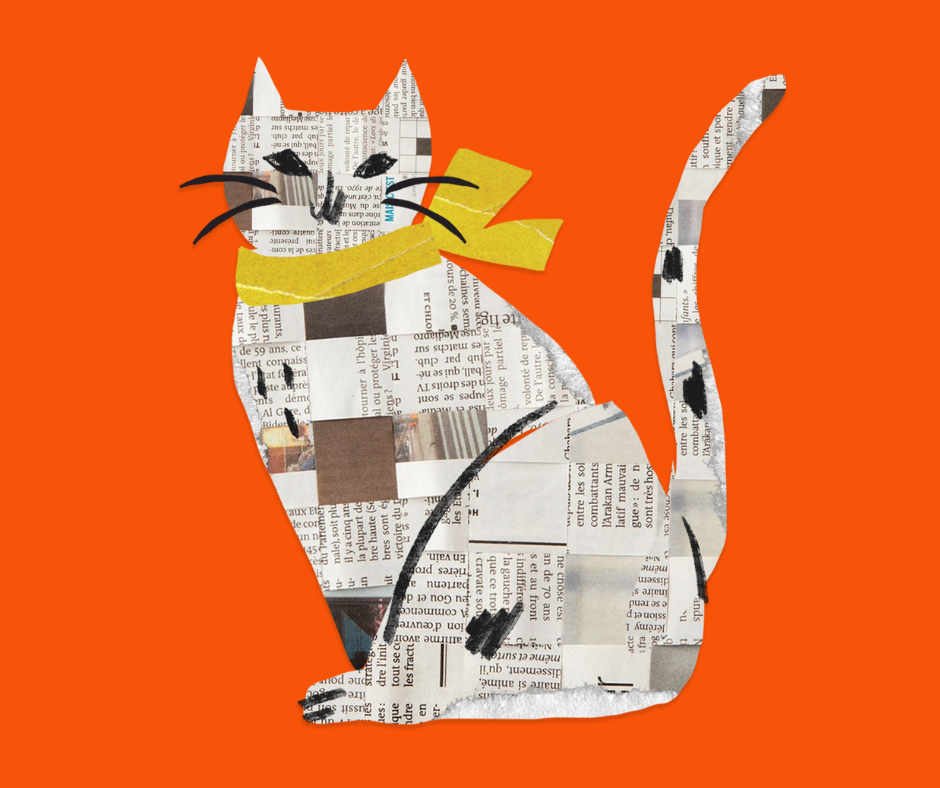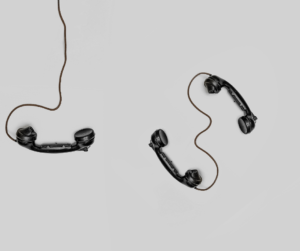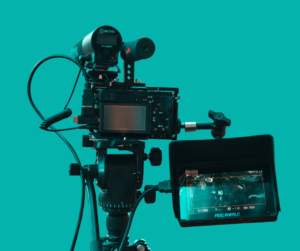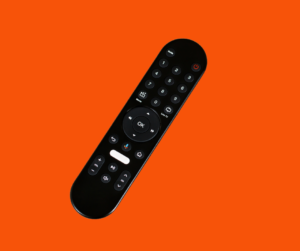When you think of newspaper ads, you probably picture the full-page ads you see on a paper’s back page, often using color and big, bold pictures. While these ads are definitely effective, you have other options.
Newspaper advertising comes in a variety of shapes and sizes. Often, using a nonstandard size can draw more attention than choosing something that’s expected.
Standard Sizes for Newspaper Ads
The size of the ad depends on what type of publication size the newspaper uses. While most newspapers employed broadsheet for years, more have moved to the smaller tabloid format, saving money on paper and ink. The Berliner size, which is a bit smaller than a broadsheet but larger than a tabloid, also remains common abroad. However, it’s not used much in the United States.
When purchasing standard-size ads, you can choose from anywhere from 1/8-page to a full page. The smaller the ad, the lower the price, but papers will often negotiate prices for large ads because they’re eager to make a sale.
Standard-sized ads are excellent for brand recognition, as readers see and absorb the information in the ad daily. But if your client has an upcoming sale or product they really want to get attention on, you may see better results from choosing a nonstandard format.
Unique Sizes for Newspaper Ads
We love finding unique ways to deliver your client’s message. These formats stand out because they’re different. They will catch the eye of readers who see something intriguing and want to learn more. The more noticeable an ad, the more it can engage readers. The three examples below have generated outstanding results for our clients in the past.
Front-Page Banners
Front-page banners run across the top or bottom of the front page of the paper. They are labeled as advertisements, but they are often one of the first things readers see when they open the paper. For many years, running ads on the front was considered a journalistic faux pas, but in the past 15 years, news organizations have become more open to new formats and ideas. The front-page banner is one of the most effective ways to capture attention.
Spadea
Spadeas are a broadsheet wrapped around the entire newspaper, often printed for special celebrations or memorials. For instance, a newspaper might include a spadea to commemorate 9/11 or as a voter guide on Election Day. Advertising appears throughout the supplement, and sometimes single-sponsor deals are available.
Bookends
Bookends are advertisements that appear on the far left and far right side of two consecutive pages — they “bookend” the content in the middle. Brands have the opportunity for clever layouts and calls to action with the left and right side to play with.
Work With Wakeen Pages for Effective Newspaper Advertising
Newspaper advertising can be as creative and dynamic as you want. Wakeen Pages can help you determine the optimal size for your client’s newspaper advertisement, depending on what they sell and their aim for the advertising’s outcome.
Contact Wakeen Pages for a quote and to learn more about how we can help with your clients’ advertising needs.
